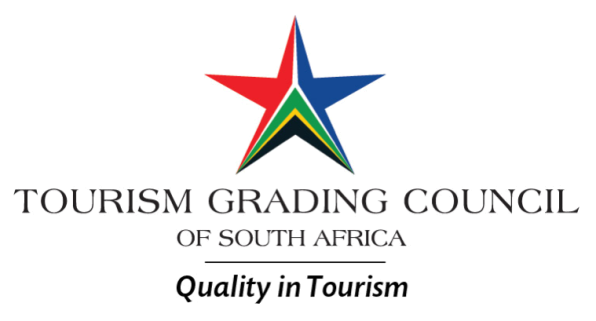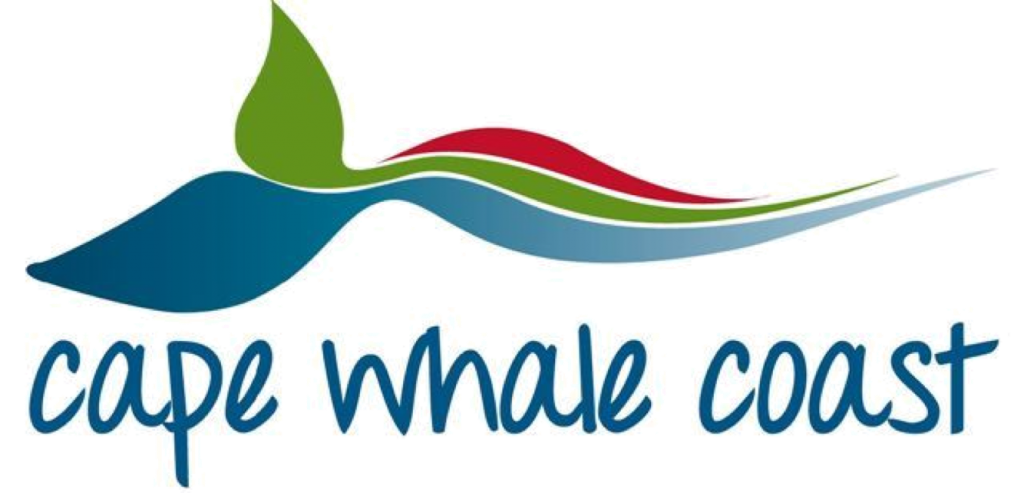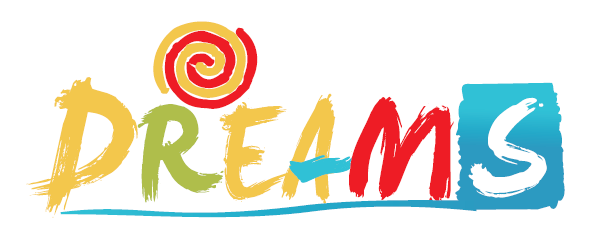© 2021 | All rights reserved | Photo Credits | Website built with ♥ by UBUNTU
Disclaimer: We do our best to provide true and correct information on the website. We accept no liability for any damage howsoever caused by using this website.
★★★★★ 5/5
100m FROM THE BEACH | TRANQUIL | WIFI | PRIVATE HOUSE | SLEEPS 6 | SELF-CATERING | PRINGLE BAY | SOUTH AFRICA
The Koegelberg Biosphere consists of 100 000 hectare, running along the coastal area from Gordon’s Bay to Kleinmond, and is filled with generous mountain peaks, craggy kloofs and valleys.
A Biosphere is a specific type of landscape designated by UNESCO and accommodates both the natural environment and communities. The Kogelberg Biosphere is the only reserve in South Africa to be proclaimed by UNESCO and it is run according to internationally accepted principles of a biosphere reserve. Consequently there is a core sensitive area of 18 000 hectares which remains wild and pristine and therefore maintains a high level of biological diversity.
The Kogelberg is known as the “heart of fynbos” and it is home to an incredible 1712 different plant species (of which 150 are endemic) which makes it one of the world’s richest sites of plant diversity. There are also several animal species like leopard, caracal, baboon, variety of small antelope, birds, fish and smaller creatures.
The mountain landscape offers some of the most spectacular sceneries in the Western Cape and the region’s complex system of folded mountains is clearly illustrated. There are several hikes in the Hangklip Mountain (c.800metres ASL) which are located at the western extremity of False Bay.
Do not miss a visit to the beautiful Harold Porter Botanical Garden (in Betty’s Bay) only 10 mintues’ drive from Dreams in Pringle Bay. The garden is nestled between the mountains and the sea and offers the opportunity to discover the local fynbos whilst enjoying the beautiful views. There are also several hikes starting in the garden.
Fynbos is the common name for the fine leafed, thick, shrub-like vegetation which occurs in the winter rainfall area of Western Cape. There are three main plant types: ericas, restios and proteas. There are also a variety of bulbous and tuberous plants, legumes, buchu’s, renostebos, slangbos and everlastings that form part of the fynbos. The two main habitats of fynbos are mountains and lowlands (coast) and you will find both these in Pringle Bay and the surrounding Kogelberg Biosphere area.
Fynbos, or the Cape Floral Kingdom, is the smallest of the world’s six plant kingdoms only covering 0,4% of the earth’s surface. However, it boasts 8600 species (of which 68% occur nowhere else in the world) and is therefore the most species-rich plant kingdom according to its size.
The biggest threats to fynbos are veld fires, alien vegetation and development. Although the fynbos appear lush and green it is quick to burn and fires are therefore restricted to designated safe sites.
Pringle Bay has its own Chacma Baboons and they are frequently seen in town, the surrounding mountains, on the roads and occasionally on the beach. If you come across them the best approach is to observe without interfering. You should under no circumstances feed them.
The Southern Right Whale frequents the coast along Western Cape waters between June and November and can be viewed with ease from land. There are several areas for viewing along the spectacular Clarence Marine Drive (R44) and another popular place for land based viewing is Hermanus.
Pringle Bay is a popular spot to catch crayfish (only permitted during specific dates) and a fishing permit can be bought at the Post Office. The Cape coast is also a natural habitat of Abalone, know in South Africa as ‘Perlemoen’ but it is protected and therefore illegal to harvest.
Other animals found includes; the Cape Clawless Otter in Pringle Bay and a herd of Wild Horses in Kleinmond.
The Jackass Penguins (African Penguin) can be viewed in Betty’s Bay at one of the few land based penguin colonies in Africa. To find the colony you should follow the sign posts along the R44 in Betty’s Bay.
A penguin can live for 17-23 years and mate for life. They eat Pilchards and Anchovies and drink the salt water since their salt glands above their eyes are able to extract highly concentrated salt from their blood. They breathe above water but can dive up to 130 meters deep and hold their breath up to 150 seconds. Once every year the penguins molt (they completely lose and replace all the feathers), lasting 4-5 weeks. During this time they stay on land since it is difficult for them to maintain their body temperature in the water.
The African Black Oystercatcher is a large wader considered “near threatened” and is a resident breeder on the rocky coasts and islands of southern Africa. It is a large and noisy plover-like bird, with jet black plumage, pinkish/red legs and a strong broad dagger-like red bill which it uses for smashing or prying open mussels. The eyes and eye rings are red.
You can also view a big variety of other birds in Pringle Bay and surrounding areas such as Sunbird, Sugar bird, gulls, cormorants, Egyptian Geese, Little Egrets, Cape Wagtails, swallows, Cape Bulbul, Rameron Pigeon, Speckled mouse-bird, Grass bird, Black Eagles, Martial Eagles, Black Sparrow Hawks, Jackal Buzzard, Steppe Buzzard, Black Shouldered Kites, Terns and White Fronted Plover.



© 2021 | All rights reserved | Photo Credits | Website built with ♥ by UBUNTU
Disclaimer: We do our best to provide true and correct information on the website. We accept no liability for any damage howsoever caused by using this website.

